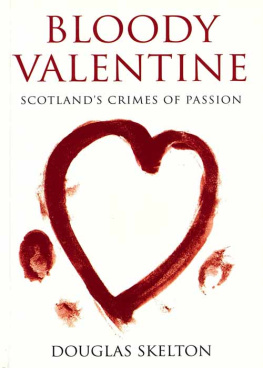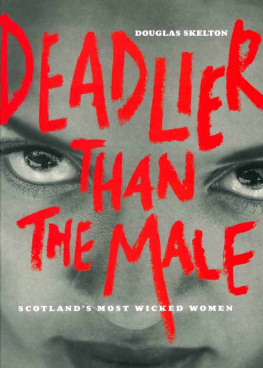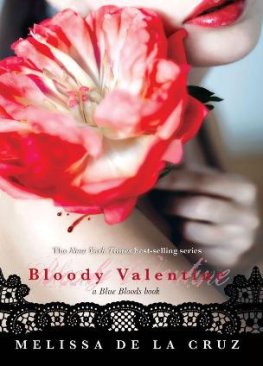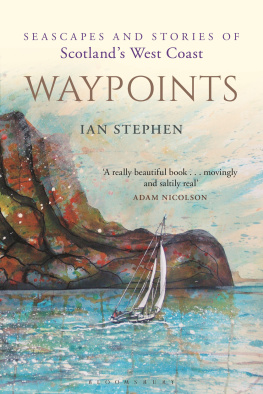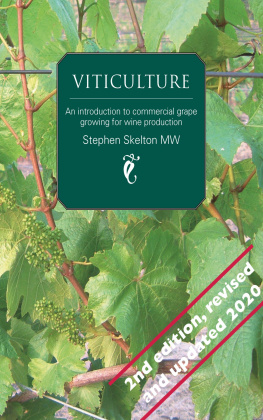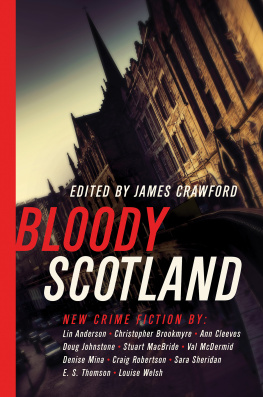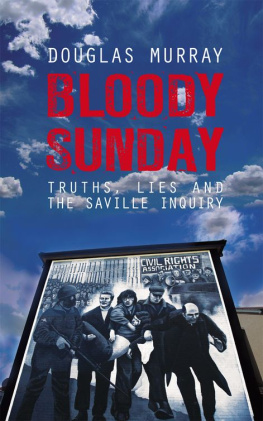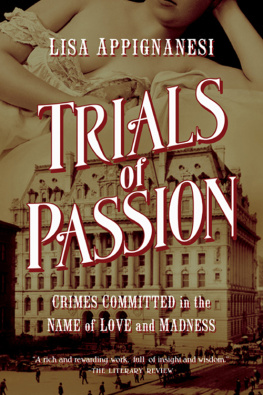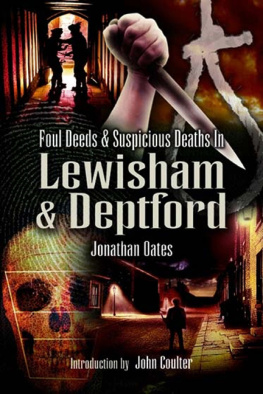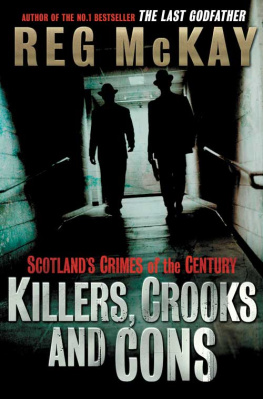CONTENTS
There are always people you should thank and always people you forget. So thanks to the following and apologies to those Ive omitted. I didnt do it on purpose. Or maybe I did.
Thanks to the staff of Edinburgh Central Library Glasgows Mitchell Library, Inverness Library and the National Archive of Scotland for their assistance.
To Mark Sweeney and Alan Muir of the Scottish Sun for all the help and information.
To Sean Milne at the Scottish Daily Mirror for the same.
To Gary McLaughlin for his help with the illustrations.
To Eddie Murphy and Elizabeth McLaughlan because, if I dont, therell be trouble.
To Karin Stewart and Katie Bell for always being the first to buy these things.
To my wife Margaret for the endless cups of tea.
To the staff at Black and White who put up with my moaning and often haphazard ways.
To the staff of the Cumnock Chronicle and others at the Ayrshire Weekly Press and one in Paisley too numerous to mention by name, who put up with a lot. You know who you are.
DS
Theyre tricky things, emotions cant live with them and theres no chance of any sort of life without them. Its all a question of control. Some find keeping their emotions in check difficult while others find it all too easy. Some believe it would be better if there were no emotions at all but what a cold and soulless world it would be if that were the case. Others keep too tight a rein on their feelings, pushing them down in the belief that nothing can get through. Because, if nothing gets through, then nothing can touch you and, if nothing can touch you, nothing can hurt you.
But they are still there those feelings building up, growing in power. And then, dangerously, they can burst out. All those pent-up emotions and frustrations all the rage and fear and hurt and pain. In most folk, they escape as anger or black moods but, in some, they manifest themselves more physically. These people hurt themselves or others. They cause pain mentally and physically. For those people, emotions are demons that whisper to them in the night, taunting them, urging them to do harm.
Love, it is said, conquers all but the demons are more than a match for it. They have names too: Hate, Envy, Suspicion and Jealousy. These are the emotions that can twist a once-loving relationship into something dark and dangerous, something lethal. There are others that come not with a sly snarl but with a sigh. These are the demons that force us to turn against ourselves and they, too, have names: Shame is one, Regret is another. Like their whispering cousins, they are insidious, sneaking into the mind like a cancer, eating away at all reason and logic until there is nothing left but dark thoughts and darker deeds.
In this book you will find stories of people who were visited by these demons and gave in to their murderous murmurs. The French have a term for such deeds crime passionnel and, in France, it is a recognised defence in cases where one spouse murders another after discovering infidelity. There is infidelity in these pages but I have taken a broader view of the term. Most of the crimes included here have one thing in common, though most are murders committed by people who once meant something to each other until the demons came a-calling. There is passion here, certainly, but also calculation and cruelty. Breaking up may have been hard to do but murder was often easy. There are men who turned against wives or lovers or killed their rivals in love. And there are women who killed their men or were somehow involved in such desperate acts. One thing is certain when it comes to murder, gender is no barrier. Not all men are thoughtless and callous, despite what some women may think, and women have not cornered the market on compassionate and caring natures again, despite what some may think. The Y chromosome is not a prerequisite for cold hearts and bloody minds.
A couple of the cases here are not quite so clear cut. In one, a woman was found strangled but the man ultimately convicted of the crime may not have laid his hands on her. In another, a learned man schemed to dispose of his wife but circumstances got in his way and the plan failed. In a couple of others, it could be argued that the victim got what he deserved.
Emotions can propel good people to do evil things. Good people can cause pain, anguish and grief. The whispering demons can take an ordinary person and force them to commit extraordinary acts. Jealousy can turn into rage and rage into frenzy and soon someone is lying dead. But these people are not evil. Evil, if it exists, lies in the careful planning of a death. The devil, as they say, is in the detail.
So turn the page and meet the demons
John Kello
Thou shalt not kill.
According to the King James version of the Bible, its up there at number six in the top ten of commandments. For centuries, it was number five but the Protestants relegated it when they split one commandment, the admonition about having no other gods and worshipping graven images, into two. Its a perfectly straightforward commandment. You dont kill period. But there is another version. It states that Thou shalt not murder and is there to excuse the pious for those unfortunate periods in history when they have been forced to slaughter all and sundry because they worshipped God in a different way or simply because they were a different colour and happened to be in their way. But the favourite version tells us simply that it is wrong to kill. There is no qualification to the effect that Thou shalt not kill unless thy victim is of a different political persuasion/nationality/colour/religion to thyself. There are, of course, scriptural justifications for killing that allowed religious leaders to exhort their armies to smite enemies hip and thigh. This led to all sorts of atrocities not to mention genocide. At the battle of Doon Hill, the pious Oliver Cromwell, when faced with an attack by an equally pious Scottish force, told his men, Trust in God, lads, but keep your powder dry. There were ministers of religion on both sides, some perhaps even in the thick of the fighting, for whom Thou shalt not kill meant very little that day.
There are many tales of warrior monks, priests and preachers who have struck hard for their God in battle. Thankfully, though, there are few tales of holy men who have turned to murder for their own ends.
However, John Kello, who preached in an East Lothian village, was one who did.
By the year 1570, the turbulent sea that was Scottish history had pitched and tossed its people back and forth in a storm of religious strife. The beautiful Mary, Queen of Scots had lost her struggle with the Scots lords. She was Roman Catholic and they were, in the main, resolutely Protestant. Murder and vengeance had marred her reign. Romance and rape had scandalised it. And rebellion and, ultimately, defeat had ended it. On 13 May 1568 her cause was well and truly lost when her forces were quashed at Langside and, two days later, she stepped aboard a fishing boat to cross the Solway Firth heading for what she prayed was sanctuary in England. But if the Lords hoped her flight would end the threat of a resurgence of the Roman faith then they were wrong.
Her half-brother, James Stewart, Earl of Moray, became Regent of Scotland but he, too, had his enemies. In January 1570 he was gunned down in a Linlithgow street by James Hamilton of Bothwellhaugh, a supporter of the Queen, by then under the dubious protection of Elizabeth of England. The assassins shot had been fired from the home of the Roman Catholic Archbishop John Hamilton who was later hanged without trial by Morays faction. The power of Regent then passed to Marys father-in-law, the Earl of Lennox, but the decision split the country and once again rumblings of armed rebellion could be heard in the mountains, glens and farmlands of Scotland.
Next page
